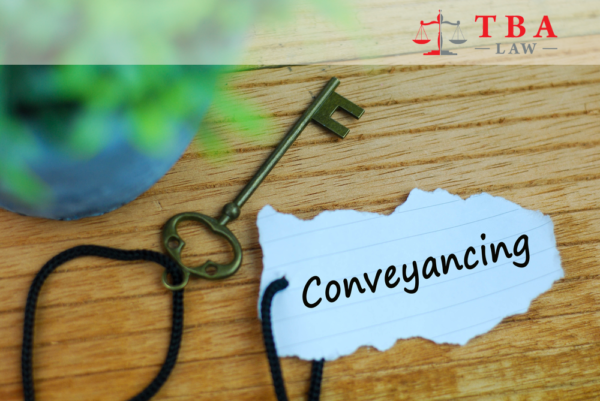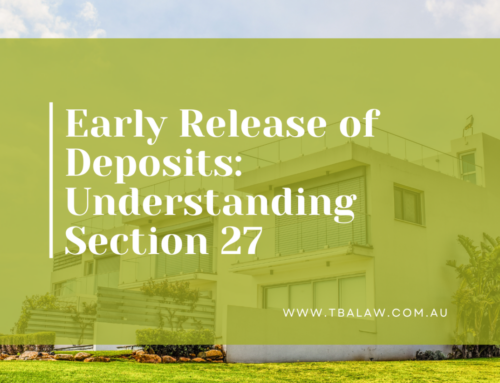Common mistakes in conveyancing when there’s a water share
By Jacqui Brauman
About 10 years ago, many water rights were detached from the land, and became like a land title (but a water share) within their own right. The water share is a traceable commodity, with or without land.

Knowing the process
Transferring a water share is a two step process, and many solicitors and conveyancers who don’t deal with rural properties struggle to understand the process.
Unlike with land, where we can create the Transfer of Land ourselves, we cannot create the Transfer of Water Share ourselves. The first step in the process is to apply to the Water Authority for consent to the Transfer of Water Share.
If the Water Authority consents, then they issue the Transfer of Water Share – and it has an expiry date!
The Water Authority has their own proof of ID system, and their own set of forms that need to be used. all the forms need to be completed and sent together, from the vendor and the purchaser, so there needs to be cooperation.
The vendor pays to get the consent from the Water Authority. Once the Transfer of Water Share is issued, the purchaser will pay the cost of registration of that Transfer, just like with a Transfer of Land.
Most Contracts for Sale which include water shares cannot be conditional on the simultaneous transfer of the water share. Often, the value of the water share is held back at settlement until the Water Authority has issued their consent.
Is there a water share or not
There are many types of water interests. When reading a Water Information Statement, the interests that begin with “WEE” at the water share variety.
The water interest type with a “BEE” is not a separate water share, but is an entitlement that is still attached to the land and will transfer with the land.
There are also delivery shares, works licences, and other interests that need to be determined.
Not all water interests might be transferred with the Contract of Sale. Even though there’s 50ML of water share on the property, the vendor might split that water share and only transfer 20ML to the purchaser, and retain 30ML for himself to trade.
If in doubt, a phone call to the Water Authority, to determine what has to be done to make sure each interest is transferred, is an easy fix.
Transferring the works licences
Works licences don’t automatically transfer with land, nor do they automatically transfer with a Transfer of Water Share.
The type of licence – groundwater (bore) or surface water (pump or dam) – needs to be determined, and the vendor and purchaser need to sign the Transfer of Works Licence appropriate for the type of licence.
This can be submitted to the Water Authority along with the Notice of Acquisition after settlement, and does not need a pre-approval.
Allocations
Water is allocated to water share holders each irrigation year. Water allocations can be traded, just like water shares.
When land is sold with a water share, the total allocation that the vendor has ‘in the bank’ does not automatically transfer. The amount of water that the vendor is giving to the purchaser should be determined.
Sometimes if settlement occurs between irrigation years, the purchaser might end up with a water share, but no water, until new water is allocated.
You can feel confident that TBA Law knows how to transact with water shares, and can help you with your rural conveyancing needs.





Leave A Comment